
March 18th - 22nd

March 18th - 22nd
In Cooperation with
the German Association for Electrical, Electronic and Information Technologies: VDE


![]()
In Cooperation with
the German Association for Electrical, Electronic and Information Technologies: VDE


Exhibitors and Supporters
Diamond
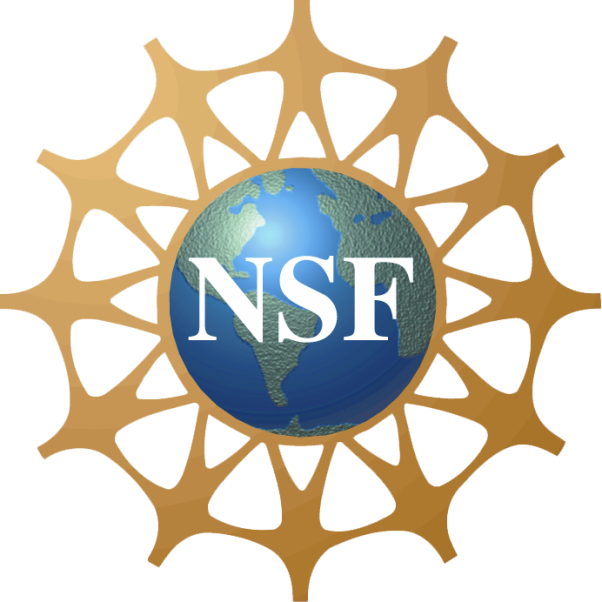
National Science Foundation
Gold
VICON

Digital Projection
Gold Awards

NVIDIA
Silver

ART
Bronze
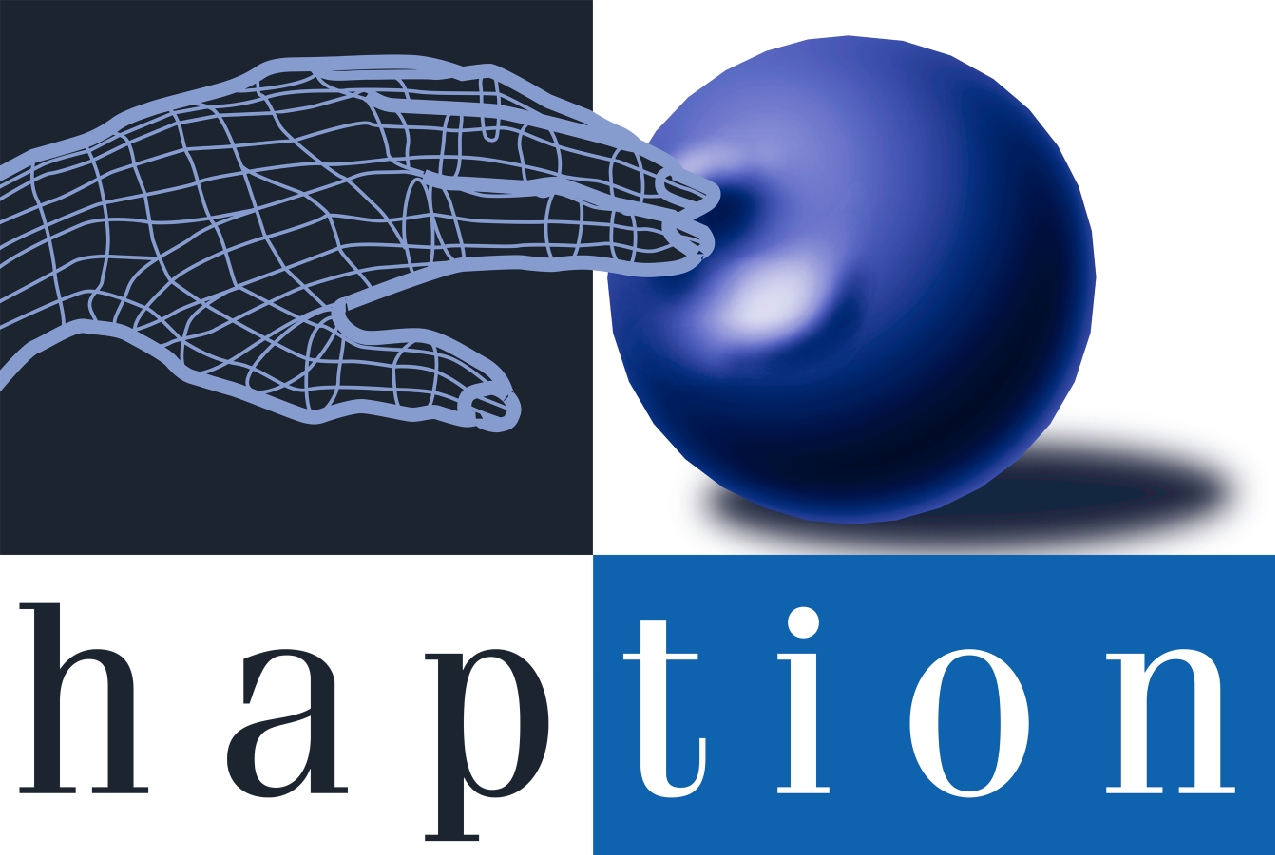
Haption
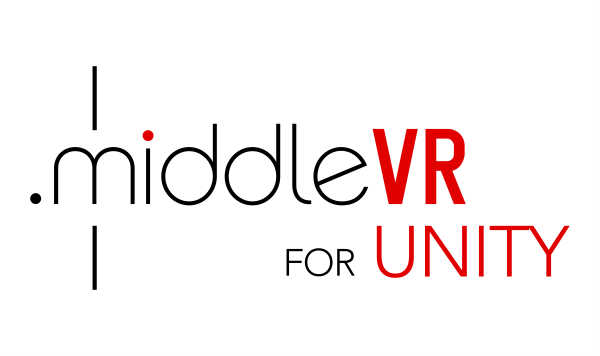
MiddleVR
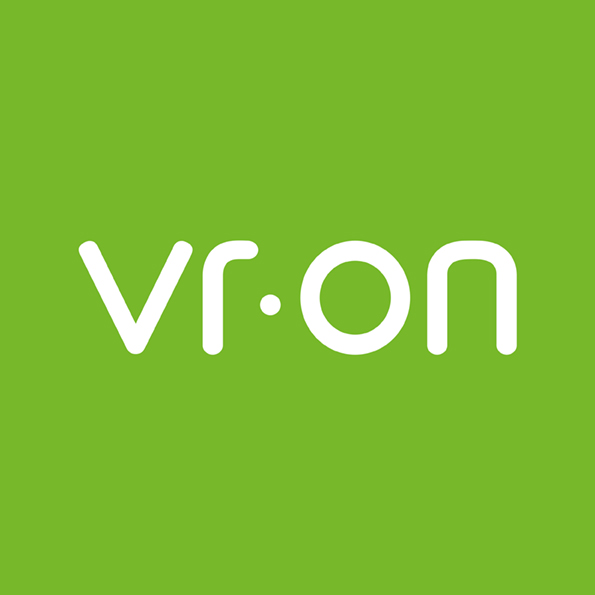
VR-ON

VISCON
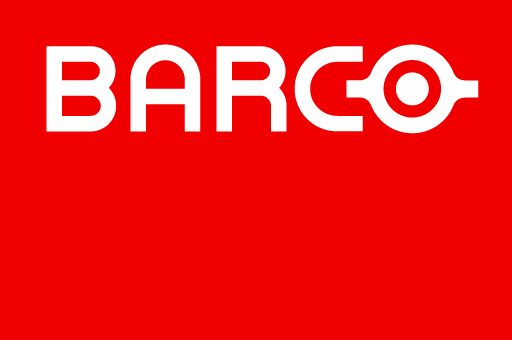
BARCO

Ultrahaptics

WorldViz

Disney Research

Microsoft
Non-Profit

Computer Network Information Center
Sponsor for Research Demo

KUKA
Other Sponsors

Magic Leap
Exhibitors and Supporters
3DUI Contest - Call for Participation
IEEE VR 2018: the 25th IEEE Conference on Virtual Reality and 3D User Interfaces
March 18-22, 2018, Reutlingen, Germany
This year, the IEEE VR 2018 will hold the 9th annual 3DUI Contest. It is open to anyone interested in 3D User Interfaces (3DUIs) and Virtual Reality, from researchers to students, enthusiasts, and professionals. The purpose of the contest is to stimulate innovative and creative solutions to challenging 3DUI problems. The theme of this year is “E-League”. Selected contestants will be required to provide a live demonstration of their solutions onsite AND to compete in a real-time tournament, which is new to this year’s edition of the 3DUI contest. For the tournament track, we will provide two identical hardware setups onsite, which contestants must use for participating in the tournament. Each hardware setup will encompass a computer and a consumer head-mounted display with two 6DOF hand-held controllers (e.g., HTC Vive or Oculus Rift). For the demonstration track, contestants must bring their own hardware, but can choose to use other and additional types of hardware. For both contest tracks—the demonstration track and the tournament track—a grand winner will be selected from each
Eligibility
The 3DUI Contest is open to anyone interested in 3DUIs—researchers, students, hobbyists, and professionals, or anyone else. Contestants are required to use the Unity game engine (version 5.6.3) to develop their solutions, given the base contest scene (see Materials). Hardware requirements are specified below.
Problem Description
Develop a 3DUI, which solves all of the tasks listed below. The tasks must be developed using the provided Unity contest scene.
- Ladder Climbing: The goal is to climb up and down a ladder in the virtual environment. The ladder climbing task should require three points of virtual contact at all the time (e.g., the user must have the virtual left foot, virtual right foot, and virtual left hand on the ladder rungs while the virtual right hand moves). If the user does not maintain three points of contact, the user will fall.
- First-Person View Flying: This task will have players flying through a pre-defined route with different types rings. The maximum speed of flying and the sensitive of the turning (rotation) will be the same for everyone and cannot be modified. The 3DUI implemented for this task needs to include controlling flying speed, altitude, making turns, flipping, etc. The key aspect is to fly as precise and fast as possible through the rings without touching them.
- Tower Stacking: The task involves stacking objects of various shapes, sizes, and materials to create a tower with a specific height. The stacked tower must remain standing for 10 seconds on the provided base in the contest scene. The number of objects should be limited to the number originally provided in the contest scene. The materials of each object or any physics-related parameters cannot be modified. The 3DUI for this task requires precise manipulations like selecting, translating, rotating, and dropping.
Rules
Rules The submitted solutions have to fulfill the following rules to be considered for acceptance and presentation during IEEE VR 2018:
- Submissions have to present a 3DUI solution for the above tasks
- The submitted material should show the 3DUI and how this 3DUI solves the 3 tasks specified above.
- The developed 3DUI should
- … require spatial interaction,
- … be innovative,
- … provide high usability, and
- … be aesthetically pleasing.
- The provided scene has to be used and must not be modified to keep the tournament track fair.
- An exception is that contestants are allowed to enrich the scene as they like as long as the tasks are not affected by these modifications.
- For the demonstration track, contestants are free to modify the provided contest scene in any manner, as long as the three tasks remain.
Teams
Teams of up to ten people may submit solutions.
Paper
Teams must submit a short paper of two pages, with a description of the solution, details about software developed, a brief description of the closest related work and how your system is novel, and a description of how you iterated upon the design. If your submission is accepted, this paper will be included in the IEEE VR Conference proceedings as two-page extended abstract describing the contest solution, and therefore must be formatted using the IEEE Computer Society format as specified for VR conference papers.
Video
Teams will also submit a video that presents the solution to the public, including an explanation of the equipment, software, and interaction techniques used to solve the problem. Additionally, the video should include representative footage of example users as they perform the task. If your submission is accepted, the video will be made publicly available. Videos should have a length of 60-90 seconds and should include the title along with the names and affiliations of the contestants. The submitted file should be a high quality compressed video with a size of no more than 50 MB. We will accept videos in MPEG (.mpg), Quicktime (.mov), and MP4 (.mp4).
Demonstration Track
If your submission is accepted, you will participate in a live demo session at the conference, where you will showcase your work to the IEEE VR community and have a chance to win awards. Since this year’s contest will be judged live at IEEE VR, we will invite various judges from the community to judge your solution. The judging criteria are novelty, usability, and aesthetics. We will further offer on-site judging for all conference attendees. Contestants are asked to bring their own equipment for demoing their individual solutions during the 3DUI session as part of IEEE VR.
The final score will be the combination of the expert judges’ score (60%) plus the audience scores (40%). A winning team with the highest score will be awarded.
Tournament Track
New to 3DUI Contest 2018 is that we ask participating teams to submit the code for their solution before the conference (refer to the Important Dates section). This is for two reasons. Firstly, we will test the code whether it has been modified from the given Unity contest scene and manipulates the underlying code, such that a contestant has an advantage in the tournament. Secondly, the code will be deployed and tested on the two identical systems, which will be provided for the tournament onsite. This will speed up setup times for the tournament. Still, the contestants are asked to bring their own equipment for the demonstration track (see above).
Onsite, the tournament will be conducted in a single-elimination style, in which the losing team is knocked out of the tournament and the winning team moves forward. Teams will be randomly selected for matching in the first round. A round ends once a team finishes the third task of stacking the tower to the required height and the tower remains standing for 10 seconds. The finals will decide the grand winner of the tournament.
Contest Registration - due December 1, 2017
Teams should register for the contest by December 1, 2017 via email to 3duicontest2018@ieeevr.org with the following information (different to last years): team name, team members with name and affiliation, one contact email, and the used hardware setup (the used consumer HMD system).
Important Dates
- Contest registration - December 1, 2017
- Submission of two-page abstract and video - January 5, 2018
- Notification of which entries are accepted - January 15, 2018
- Camera ready version - January 31, 2018
- Code submission - March 9, 2018
- Contest presentation (Demo + Tournament) - during VR 2018, 18-22 March, 2018
Materials
You can download the material for the 3DUI contest 2018 here: https://drive.google.com/drive/folders/0B0OmIhyW_40FS0JCRWMtUzVRa3M?usp=sharing
In the following days, we will publish the Unity scenes, one for each task. For the final submission and the tournament, we will further publish one scene which integrates each task.
Additionally to requirements and rules outlined above, we ask all contestants to consider and follow the additional points for each task given below:
Ladder Task
To complete the ladder task, alternating calls must be made to LeftHandUp(), RightHandUp(), LeftFootUp(), and RightFootUp(), though not necessarily in that order. Note, that calls can also be made to LeftHandDown(), RightHandDown(), LeftFootDown(), and RightFootDown(), if desired. These public functions are directly available in the Unity Inspector via a Unity Editor script, and they can be called from any script referencing the LadderTask MonoBehaviour object.
To emphasize safe climbing practices, the ladder task enforces a fall if any of the following conditions are met:
- Two limbs are moving at the same time (e.g., LeftHandUp() and RightFootUp() are called simultaneously).
- Any foot is within 2 rungs of any hand (i.e., a foot can never be above a hand and must remain at least 3 rungs below).
- Any hand is 6 or more rungs above any foot (i.e., the task cannot be completed by climbing first with the hands and then the feet).
The ladder task is considered complete when both feet have reached the 10th rung. At this point, the Vive tracking space GameObject is moved forward onto the platform and the flying task (coming soon) will begin.
First-Person View Flying Task
To complete the task, players need to maneuver the drone through all of the pre-defined targets in order, which includes hexagons, quads, and triangles. Players cannot skip or miss any of the targets. The virtual drone is a quadcopter model, which has its collider so that the virtual drone will collide with the targets. The drone is driven by calling drone.Drive(power, pitch, yaw, roll). Power, pitch, yaw and roll are all determined by the four motors of the drone. There are another 180° flips, which are drone.FlipPitch() and drone.FlipRoll(). Please do NOT use any other scripts to transform the drone in the scene but just calling these methods! There are some example codes in KeyboardController.cs.
Example Key Mapping:
- Spacebar - Power
- W and S - Pitch
- A and D - Roll
Stacking Task
To complete the stacking task, six objects (three cubes and three cylinders) must be manipulated and stacked on the provided podium in order to reach a height of 1.55m. The stacked objects must remain standing for 5 seconds to successfully finish the task. The six objects must be manipulated using their logic representations (i.e., Cube Large Logic, Cube Medium Logic, Cube Small Logic, Cylinder Large Logic, Cylinder Medium Logic, and Cylinder Small Logic). Their visual-only counterparts can be modified as desired. The collider, mass, drag, and angular drag parameters of the logic objects should not be changed. It is permissible to dynamically change the gravity and kinematic parameters. However, the mandatory task logic will not fully execute unless all of the objects are not kinematic.